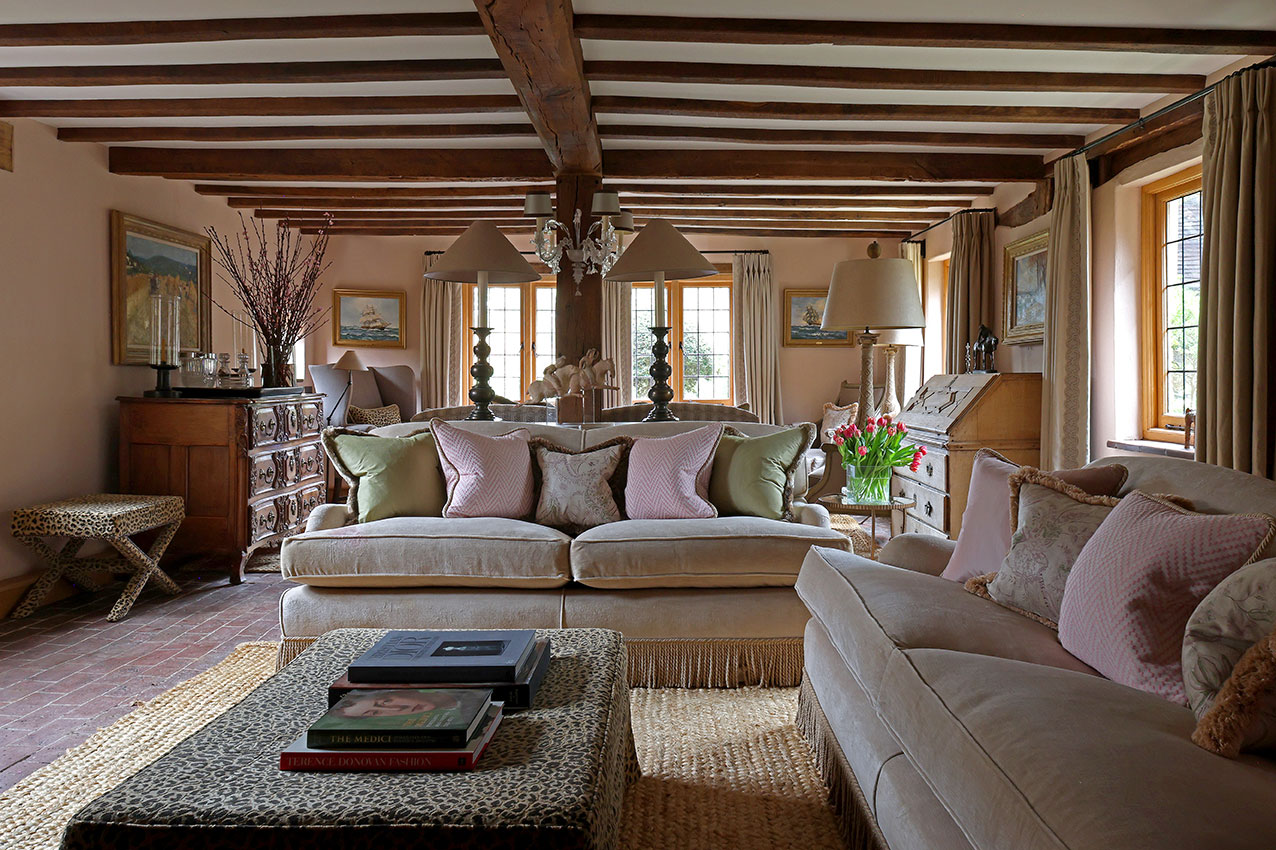Labour's new National Planning Policy Framework is a 'wolf in sheep's clothing'
We can expect fireworks: Labour’s draft plans for a new planning policy contain subtle, but devastating amendments that bear closer inspection.


Having limbered up for a full-scale row about planning, with pledges when in Opposition to ‘bulldoze’ the planning system and reduce people’s right to object to new development, the draft National Planning Policy Framework (NPPF) issued by Deputy Prime Minister Angela Rayner at the end of July was cleverly positioned. There were fewer amendments to current policy than expected, important words such as ‘beauty’ were reduced, but not eviscerated, a ‘brownfield-first’ commitment stands (albeit — crucially — without a target) and it retains the commitment to a plan-led system.
However, on closer inspection, it’s a wolf in sheep’s clothing. In a handful of subtle, but devastating amendments, the planning system is to be focused on delivering a constant five-year supply of land for housing, with generous buffers and a new methodology designed to lift numbers. Anywhere such a supply does not exist will have development imposed on it. Previously developed areas of the green belt can be deemed ‘grey’ and the ‘exceptional’ reasons that can justify their release will include house building.
These requirements mean that many local authorities will genuinely struggle to find suitable sites to provide for the numbers that will emerge from the new methodology. Therefore, it will be imposed — expect fireworks. Yet there are already intact permissions for more than one million homes; surely getting those built would have been the sensible first step?
Underneath is a huge conundrum. Overall housing targets are set because it’s only by building housing for the open market that affordable housing is provided, relying on planning conditions that require a percentage to be ‘affordable’. Yet if the market isn’t favourable, housebuilders sit on the land and wait. Or they wriggle out of that percentage, on often-spurious grounds of viability.
'The Land Use Framework needs to be in place before we ‘build, build, build’, not after'
That’s why approved housing doesn’t get built or why there’s far less that is affordable. Why not set targets for affordable housing instead? That way, the crisis of people in genuine need of housing would be addressed and the market would do what markets do, which is to respond to demand as it ebbs and flows.
This, of course, raises the uncomfortable reality that to build genuinely affordable housing and homes for social rent requires different solutions. Local authorities need to be empowered and funded to build, commission or collaborate to provide social housing, a task largely ended by the Right to Buy legislation in 1980. These and other mechanisms — including action by Registered Providers, Community Land Trusts and local partnerships, using smaller, sympathetic builders who care about beauty and local character — are possible and, in small numbers, are happening.
Efforts such as these need rocket-boosting, because they will deliver high-quality, affordable housing where it’s needed, in both towns and the countryside. Instead, the NPPF proposes to rely on a by-product of a market led by a handful of volume house builders who create lookalike homes that many people dislike.
Sign up for the Country Life Newsletter
Exquisite houses, the beauty of Nature, and how to get the most from your life, straight to your inbox.
Despite the commitment to a plan-led system, we know that fewer than 22% of local plans are up to date. Where they’re not, the new NPPF will allow housing unless exceptional circumstances apply. Yet local plans are far more likely to be out of date because of a lack of resources and skilled staff than any intention to shirk responsibility for new homes.
The determination to get houses built at apparently any cost creates another risk: that we put things in the wrong place. We are embarrassingly good at this: building houses on floodplains; planting trees on peatland soils; installing solar farms on prime agricultural land and overhead power lines in protected landscapes. This could get worse — much worse — as we try to cram in energy infrastructure and new settlements, produce more food and create space for Nature (only a few of the Government’s targets).
The solution is a Land Use Framework to guide development to the right places, help the Government deliver its targets, resolve conflicts and achieve multiple benefits. Labour agrees, but it needs to act quickly to join up currently siloed decisions across departments. The Framework needs to be in place before we ‘build, build, build’, not after.
Of course we need more homes, just as we need many other things from our precious land, but we need to provide them in ways and in places that work for people, the environment and long-term sustainability. We have a great opportunity to reshape and reimagine cities (supported by a strong, brownfield-first target); to bring Nature and green spaces to life; to enhance people’s quality of life by providing homes and the services they need close by; and to build sensitively and beautifully in city and country.
The prize is doing the right thing, in the right way, in the right place. It’s within reach — if we choose.
Fiona Reynolds is chair of the Food, Farming and Countryside Commission, the former director-general of the National Trust, former Master of Emmanuel College, Cambridge, and the author of The Fight for Beauty. Follow her on Twitter @fionacreynolds.

